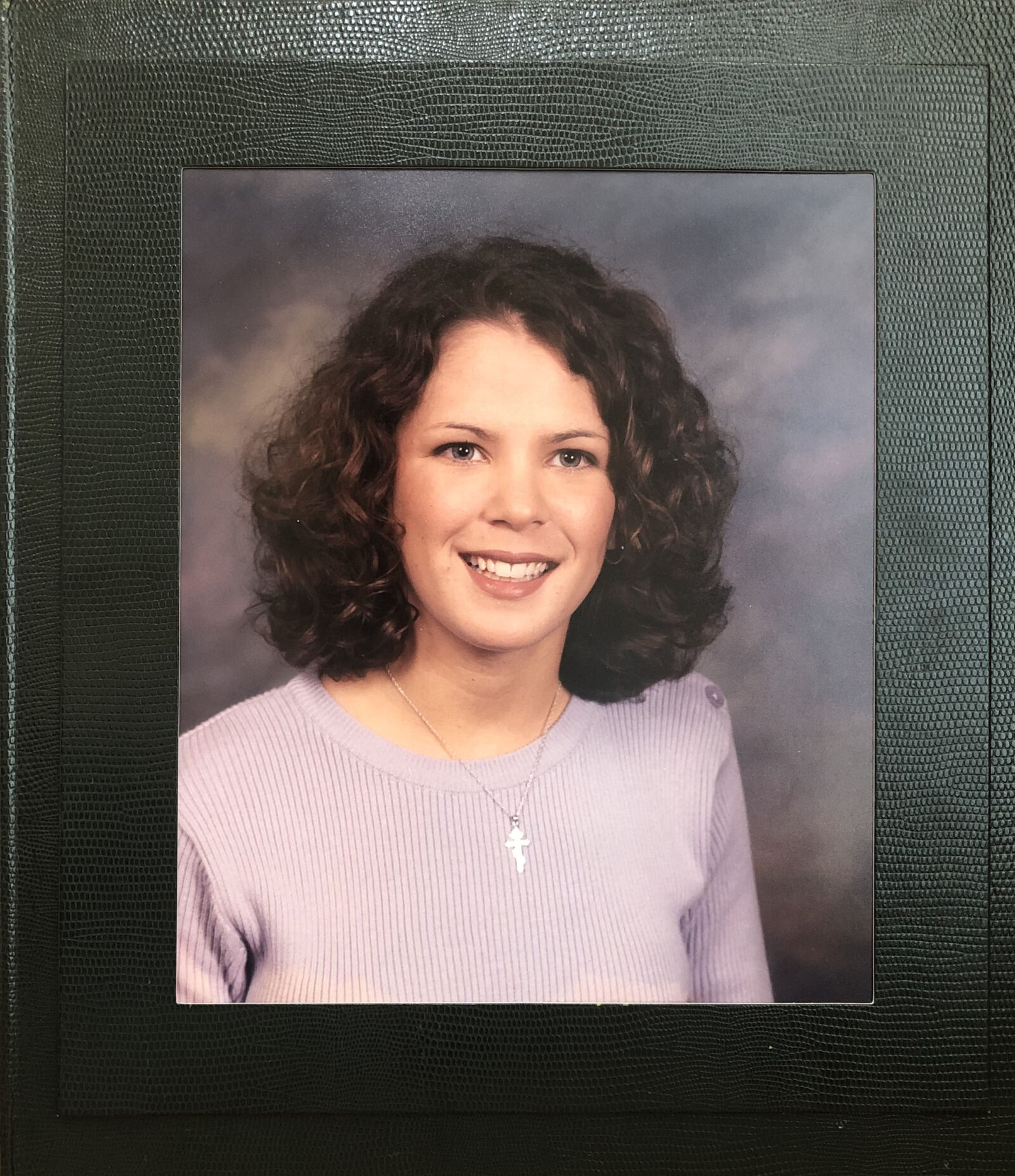Mary Allison Callaway
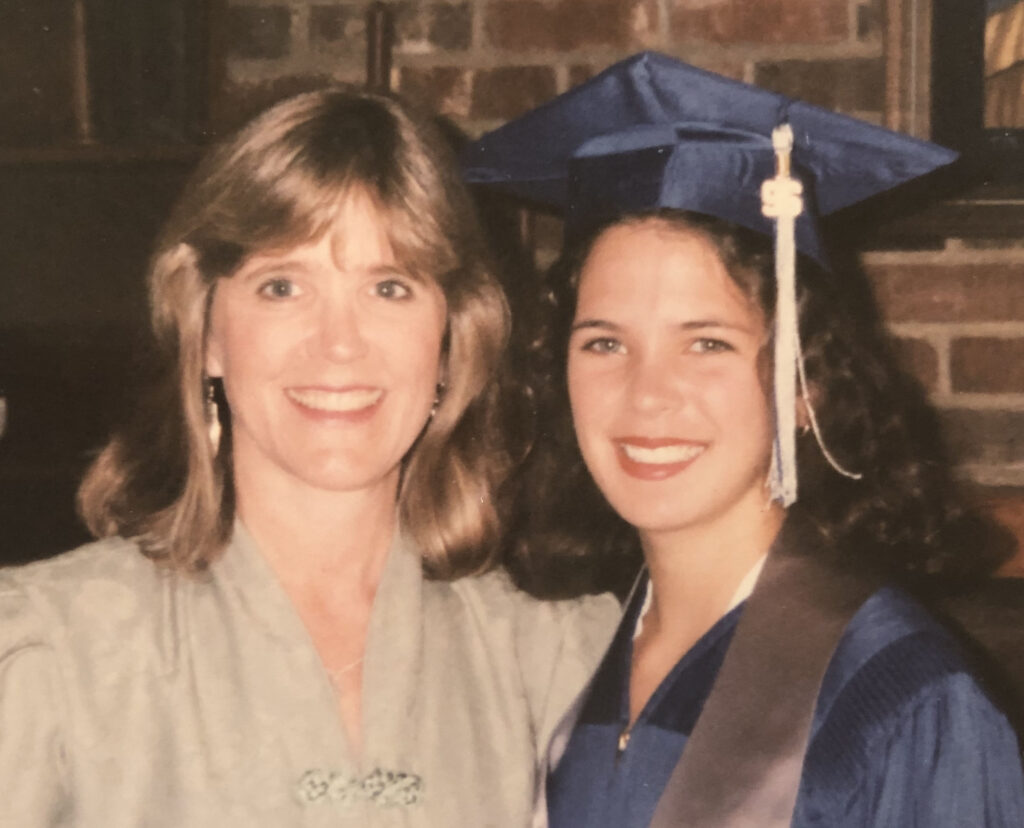
Today is the twenty-second anniversary of the death of my beloved Goddaughter, Mary Allison Callaway. She was only twenty years old when she was hit by a drunk driver while driving from our home in Memphis—where she had been living for several months—to Indianola, Mississippi, to celebrate her mother and grandmother’s birthdays. I did a blog post on the tenth anniversary of her death, which you can read here.
Memories
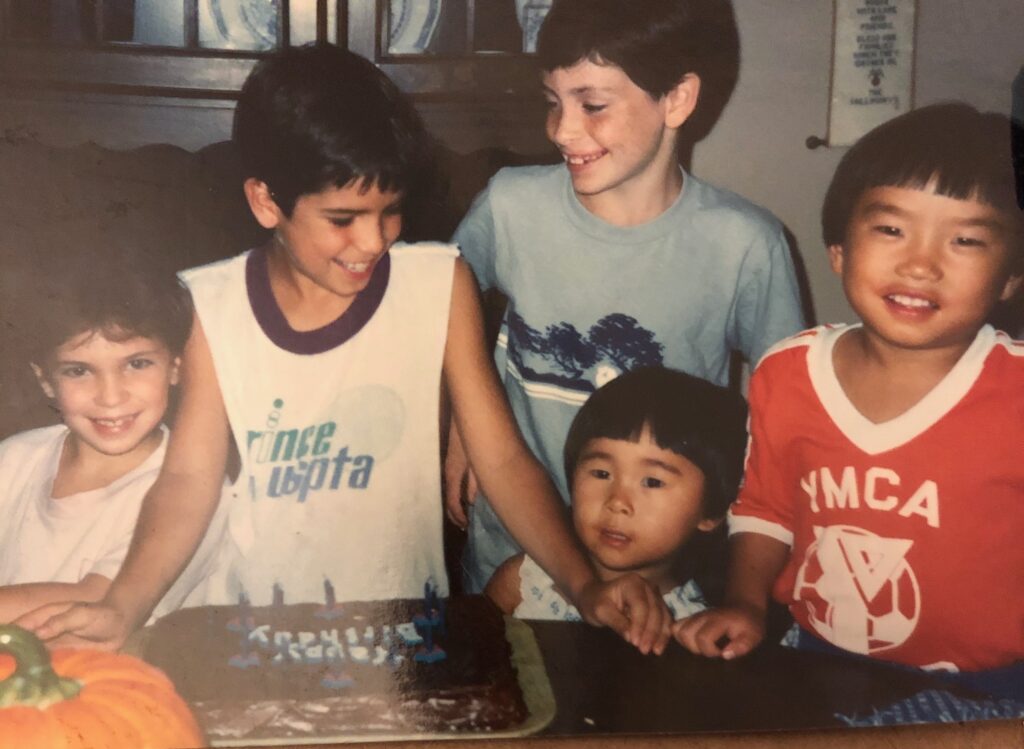
Yesterday Mary Allison’s mother, Deborah Callaway Finley—my best friend from our Orthodox church in Jackson Mississippi—texted me a photo of Mary Allison with her brother, Carter, and our three children back in around 1986. Then something happened that I’ve never experienced before: I dreamed about her last night! It was surreal waking up this morning with the dream still on the edge of my consciousness. Our five children had so much fun together. Deborah was a speech pathologist working at Casey Elementary School, where her children and my two oldest—Jonathan and Jason— were students. (Our daughter, Beth was in kindergarten right across the street from Casey, at Covenant Presbyterian Church.) Carter and Mary Allison would ride the bus home after school with Jon and Jason and play with our kids while Deborah stayed to work for an hour. I cried remembering those special afternoons.
On Death, Grief, and Sorrow
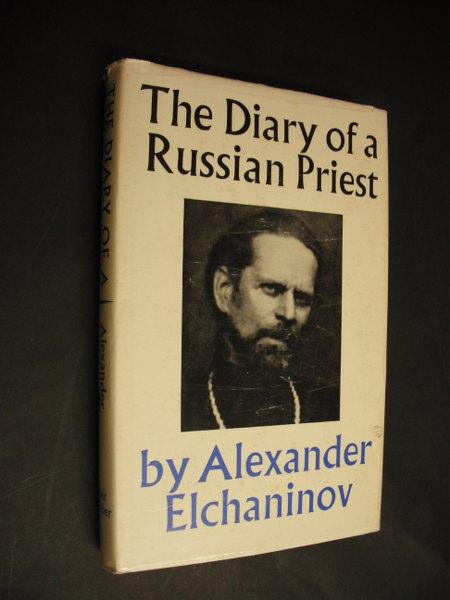
Grief is a personal thing. Two months before Mary Alison’s death, I lost my 68-year-old father to lung cancer. The summer of 1998 was a summer of grief for me. I’m sure that Mary Allison’s mother grieves differently than I do, or than others who also loved Mary. This morning I read again these words from an Orthodox priest about sorrow for the dead, which is not hopeless sorrow, gloom, or despondency. I share these words for all who have lost a loved one.
Neither our natural attachment to life nor our courage in bearing suffering, neither earthly wisdom nor even faith—however great—none of these can preserve us from sorrow for the dead. Death is a twofold phenomenon: there is the death of the departed, and the suffering and deadening in our own soul, occasioned by this painful process of separation. But the path of hopeless sorrow, gloom, and despondency is forbidden to the Christian. He must not recoil when faced with suffering, nor remain impotently passive before it. He must exert his spiritual powers to the utmost in order to pass through suffering, and to emerge from it stronger, deeper, wiser.
No matter if we are weak in our faith and unstable in our spiritual life—the love we bear towards the departed is not weak; and our sorrow is so deep, precisely because our love is so strong. Through the tension of our love, we too shall cross the fatal threshold which they have crossed. By an effort of our imagination, let us enter into the world which they have entered; let us give more place in our life to that which has now become their life; and slowly, imperceptibly, our sorrow will be turned into joy which no man can take from us.—from The Diary of a Russian Priest (Father Alexander Elchaninov)
A Special Homily
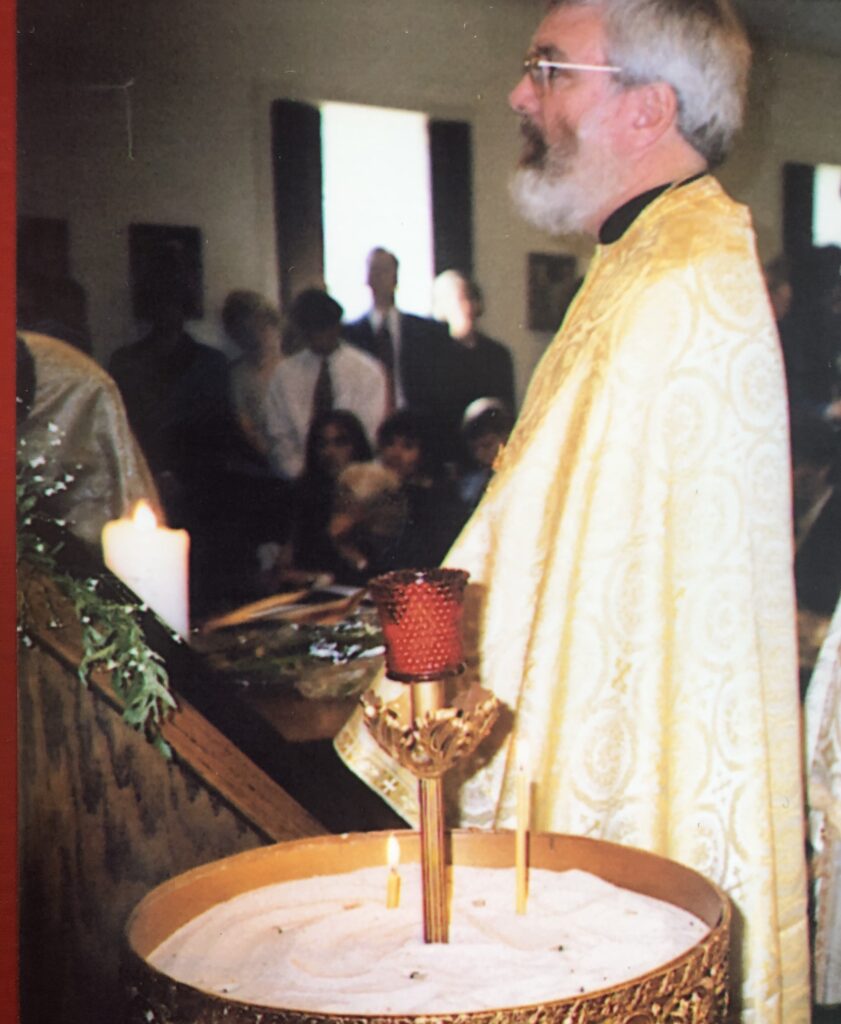
I have a special scrapbook (the photo at the top of this post is on the cover) full of memories of Mary Allison. Photos from our time together. Cards from friends and family after her death. Photos from her funeral. And a copy of the homily Father John Troy Mashburn—who was our pastor at St. John Orthodox Church in Memphis until his retirement a couple of years ago—gave at her funeral at St. Peter Orthodox Church in Madison, Mississippi. Here’s an excerpt:
The obvious question which we cannot answer is why Mary Allison? Why not someone older? Why not someone less faithful? Possibly the reason is that she may have been the only one ready to see God.
All of us throughout life make resolutions to improve ourselves, to go in a new direction, to change ourselves in some way. Most of the time these decisions are genuine. Following through is the difficult part. Last December, Mary decided she wanted to draw nearer to God. I think she would say that the follow through was difficult. But what happened was profound and transforming. Hard as it is to believe, her care and love for others deepened. She had great capacity for care and love for others, but it grew even deeper. She seldom missed the opportunity to pray with the church in its numerous services, and we have many services. Her life began to emulate her patron saint, Mary of Egypt, herself a great icon, if not THE icon, of repentance, and a great life of the Church. In her we were seeing the transforming power of Christ’s life.
I suspect she is embarrassed by these comments. But I also believe if we could hear her voice now, she would say, “You can do this! You can find genuine peace!” . . . .
. . . . May we also make that decision to draw near to God, to embrace repentance, and to find the peace that Christ offers.
Seeking God
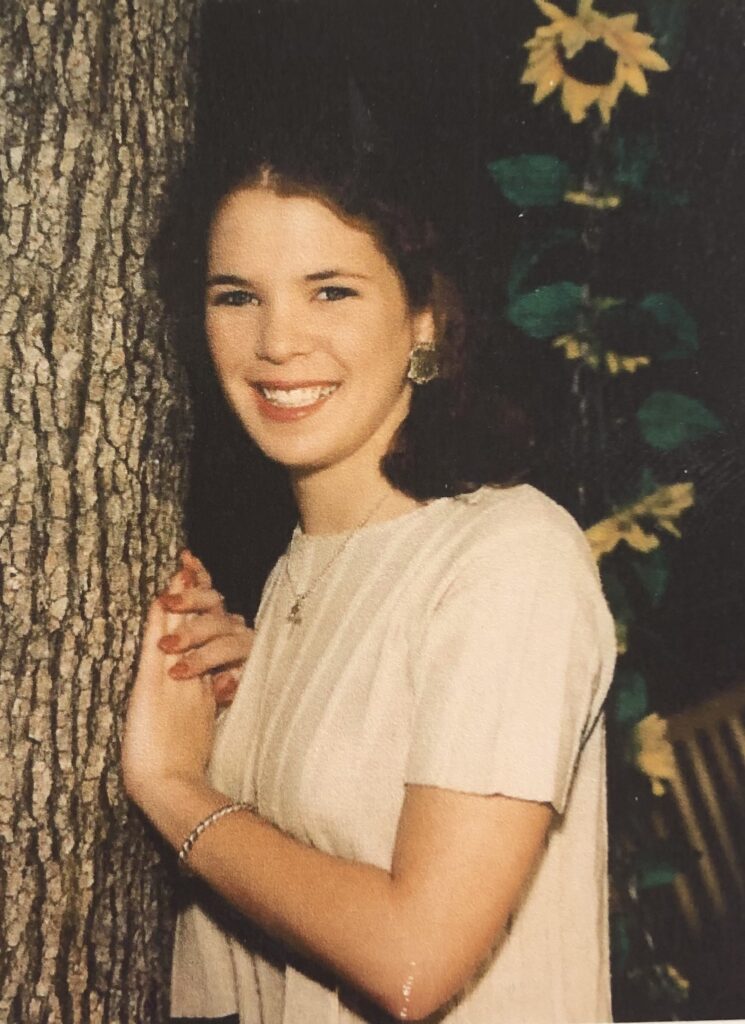
I will close with a short entry from Mary Allison’s personal journal. This was written on January 11, 1998, on her 20th birthday.
I have turned away from all the craziness and begun to seek God. When I say, “seek God,” I mean allow God to be present in my life, because it doesn’t take much seeking to find what has always been there.
